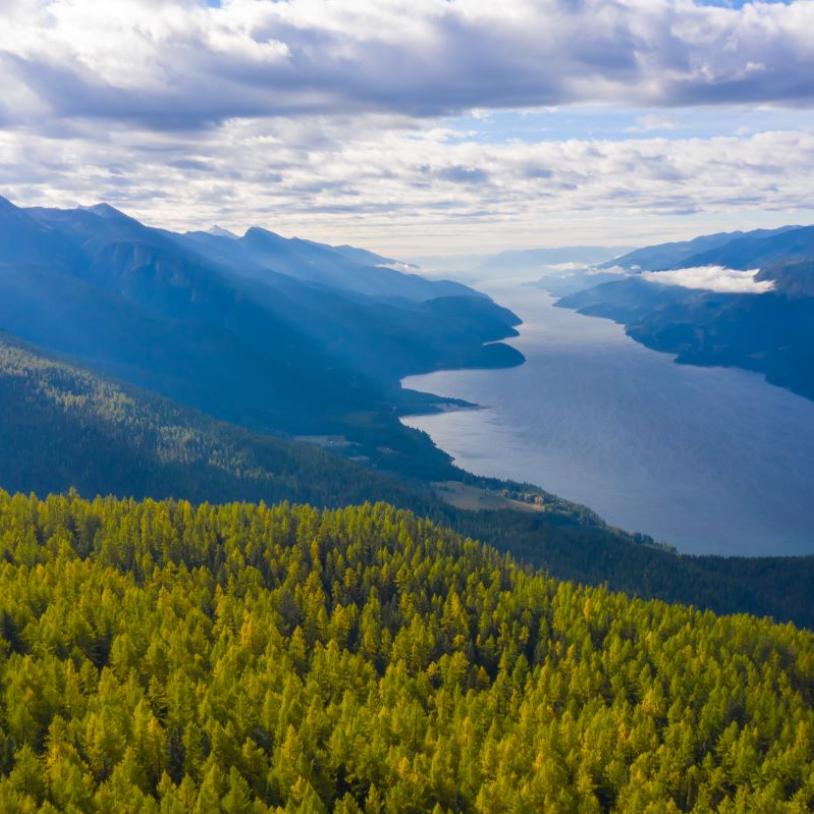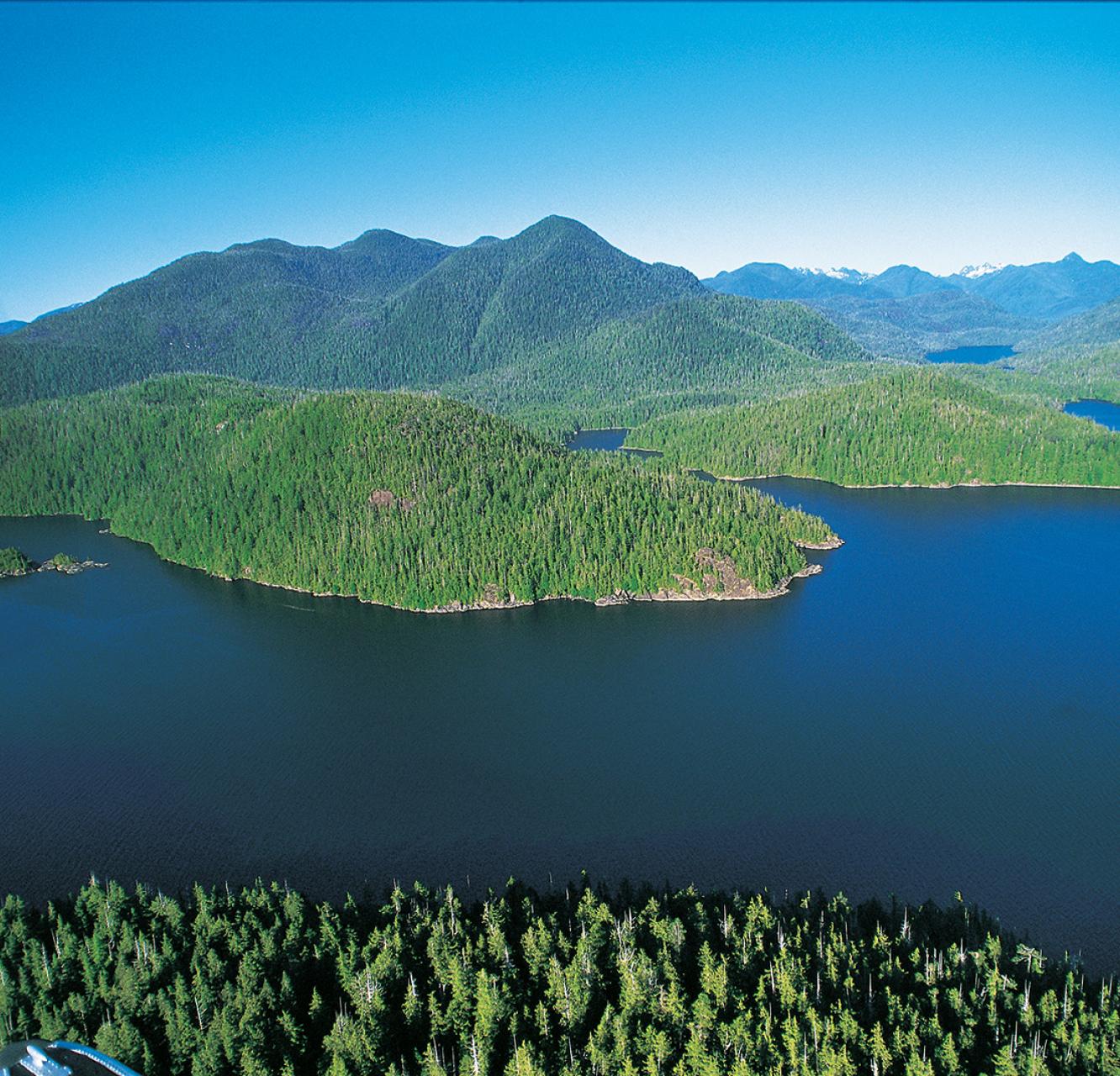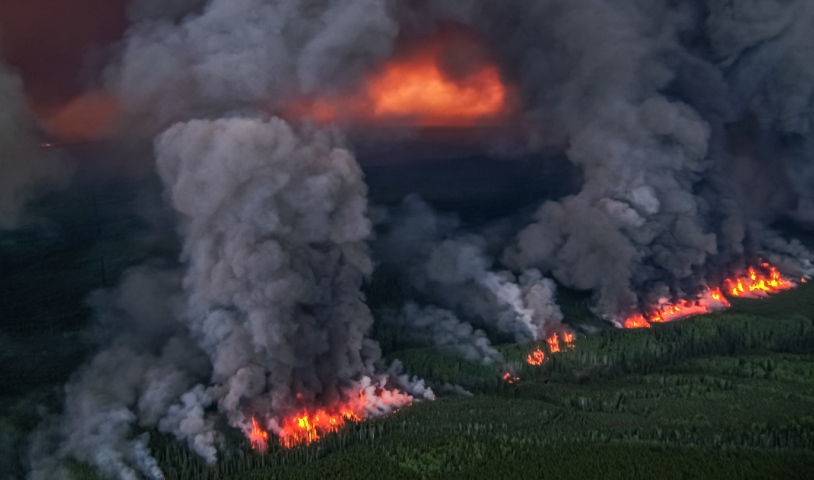B.C. Parks: A chronology of the early years
Friday, March 11, 2011
- 1911: Premier Richard McBride creates B.C.'s first provincial park, Strathcona, on Vancouver Island, although pre-existing rights, including mineral claims, are maintained. Parks already established elsewhere in Canada include the national parks in the Rocky Mountains, Algonquin Provincial Park in Ontario, Stanley Park in Vancouver and Beacon Hill Park in Victoria.
- 1913 to 1944: Mount Robson Provincial Park, home to the tallest peak in the Canadian Rockies, is created in 1913, followed by Garibaldi (protected as a reserve in 1920 and a formal park in 1927). The province creates its first two parks by order-in-council in 1922 -Kokanee Glacier and Mount Assiniboine -and publishes its first tourist brochures for parks, which still had no budget for administration or trail/camping development. From 1924 to 1933, various new laws allow the province to create, reduce, abolish, flood, mine or log parks at the stroke of a pen. By 1930, B.C. has 12 provincial parks totalling about 279,638 hectares. During the Great Depression of the 1930s, thousands of young men are put to work building roads and trails, including in parks. From 1938 to 1944, five large parks are created: Tweedsmuir, Wells Gray, E.C. Manning, Hamber and Liard, the latter cancelled after just five years. Forest Act amendments in 1939 set out a classification scheme for parks in which Class A parks are afforded the highest degree of protection from exploitation. The Second World War stalled park development, although in 1942 the first two full-time park rangers were assigned to Mount Seymour and Wells Gray parks.
- 1945 to 1957: The Sloan Commission Report: The Forest Resources of BC in 1945 opposes the creation of an autonomous Provincial Park Board to "assume responsibility for park selection, planning and development and general administration." The report finds parks should be administered by a Parks Branch of the Forest Service to ensure "close integration between all forest uses...."
The park system sits at 4.4 million hectares within 58 parks. During postwar economic activity, the size of Elk Falls Provincial Park is reduced in 1946 to allow a hydro development on the Campbell River. Following a 1947 agreement with Alcan for development of an aluminum smelter, the province reduces and diminishes the northern part of Tweedsmuir Park to allow flooding for the Kenny Dam.
Parks and Recreation becomes a separate division of the B.C. Forest Branch in 1948, with a staff of 14. Its mandate is to provide parks for recreational opportunities for British Columbians. Cultus Lake almost immediately becomes a park, and proves extremely popular.
In 1949, after the completion of the Hope-Princeton Highway, construction starts on a café, administration building and crew quarters. A nature interpretation centre is built in 1957. Manning Park Lodge is later developed on the site, the first accommodation facility built in a B.C. provincial park. From 1955 to 1957, 46 new and smaller parks are created.
Field crews are augmented by the Youth Crew program, formally established in 1956.
- 1957 to 1969: The government in 1957 passes the Recreation and Conservation Act, creating a new ministry for parks, fish and wildlife, the travel bureau and commercial fisheries. The park system consists of 117 parks comprising 3.3 million hectares.
Total assets include 3,635 picnic tables, 25 water systems, 755 pit toilets, 200 flush toilets, 2,405 fireplaces, 1,585 carved signs, and 70 buildings. In 1959, the gold rush town of Barkerville becomes B.C.'s first historic park. In 1958, a program of roadside park development kicks into gear, consistent with a federalprovincial cost-sharing program along the new Trans-Canada Highway. The target? A campground every 160 km and a picnic site every 80 km. Mining resumes in Strathcona in 1960, and the province adds Forbidden Plateau to the park in 1968. The province removes areas of prime forest from the park for trade-offs with timber companies for land for parks elsewhere, including Cape Scott, Rathtrevor Beach and China Beach. In 1957, creation of Rebecca Spit Provincial Park on the east side of Quadra Island and Skookumchuk Narrows at the entrance to Sechelt Inlet set the stage for development of marine parks.
By 1962, 170 of the 202 parks had facilities for public access and use; 83 were for day use and 87 had campgrounds. Between 1958 and 1962, more than 400 campsites were added each year, for a total of 3,700 units. Picnic sites increased to 5,500 from 2,500 and, by 1965, annual attendance was five million.
In 1963, a new parks branch document viewed parks as providing more than recreation, stating the branch can also "devise and apply such forest and wildlife protection and management measures as are necessary to maintain, as nearly as possible, the conditions that would have prevailed had the Industrial Revolution not occurred and had the white man not come to British Columbia." Interpretive programs are expanded in the park system.
In 1964, the government approves order-in-council 659 to allow mineral claim staking in Class A and B parks larger than 2,000 hectares. A year later, a new Park Act adds conservation to the purposes for which parks are created, increasing protection in Class A parks from all forms of alienation and providing for nature conservancies for outstanding areas of scenic, flora and fauna. Due to decline in the park system, the government committed to ensure the total parks and recreation areas is not less than 6.3 million acres. But the province could also reclassify parks to allow resource development. In 1961, the province drastically reduced the size of Hamber Park for Columbia River hydro development, while designating Bowron Lakes as the newest park. Completion of the highway from Squamish to Whistler in 1965 leads to the creation of new roadside parks, starting with Alice Lake. The boundary of Garibaldi Park is adjusted to allow development of Whistler ski resort.
In the late 1960s, the environmental movement had its beginnings in B.C. over issues such as plans in 1968 to log Cypress Bowl for ski development.
Compiled by Larry Pynn from Jim Anderson's forthcoming book, B.C.'s Magnificent Parks, from Harbour Publishing
from Jim Anderson's forthcoming book, B.C.'s Magnificent Parks, from Harbour Publishing
Photo: Army work crew in Manning Park - 1940s.





